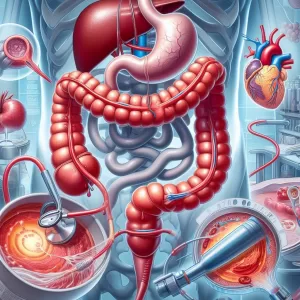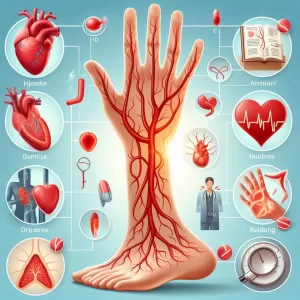What is Pediatric Urinary Tract Infection?
Pediatric urinary tract infection is a common condition in children, which is caused by bacteria infecting any part of the urinary system. The urinary system includes the urethra (the tube between the bladder and the skin), the bladder, ureters (tubes between the kidneys and the bladder) and the kidneys. The infection is non-transmittable. It usually develops when bacteria from the bowel or the genital region ascend through the urethra to the bladder or kidney. Symptoms include fever, pain in the lower region of the belly, frequent urination in small portions and an odd smell to the urine. With antibiotic treatment, most children recover quickly.
Risks
Young children are more likely than older children to get this condition. Uncircumcised boys may be more likely than circumcised boys to get this condition. Children with a urinary tract that did not form properly before birth are more likely to get infections, as are children with other medical conditions. This includes children with a weakened immune system and children who require a urinary catheter.
Symptoms
Young children may only have general symptoms of an infection. These include irritability, loss of appetite, vomiting and fever. Unspecific signs are common in infants. Older children may have strong-smelling urine, blood in the urine, pain low in the belly and pain when urinating. Flank or back pain can be a sign that inflammation has spread to the kidneys (pyelonephritis).
Diagnosis
The diagnosis is based on the symptoms and clinical examination and is confirmed by analysis of the urine, testing for blood and pus. It may be necessary to send the urine to a lab to diagnose the specific bacteria causing the infection. It may also be necessary to perform an ultrasound scan of the bladder and kidneys if the child suffers recurrent urinary tract infections.
Treatment
Urinary tract infections are treated with antibiotics. Children who become very unwell or who have other medical conditions may need treatment in a hospital with fluids and antibiotics through a drip. It is helpful to stay well hydrated, in order to flush the bacteria out of the bladder.
Prevention
Keeping the area of the urinary meatus (where urine exits the body) clean helps to prevent urinary tract infections. Examples of good hygiene include changing diapers regularly and wiping from front-to-back with wipes/toilet paper.
Other names for pediatric urinary tract infection
- childhood urine infection
**What is Pediatric Urinary Tract Infection (UTI)?**
**Q: What is a Pediatric Urinary Tract Infection (UTI)?**
**A:** A pediatric UTI is a bacterial infection that affects any part of the urinary system in a child, including the kidneys, ureters, bladder, and urethra. It is a common health problem, especially in young girls.
**Q: What are the symptoms of a UTI in children?**
**A:** Symptoms of a UTI can vary depending on the age of the child, but may include:
* High fever
* Chills
* Nausea and vomiting
* Frequent urination
* Painful urination
* Cloudy or foul-smelling urine
* Abdominal pain
* Flank pain
**Q: What causes UTIs in children?**
**A:** UTIs are caused by bacteria that enter the urethra and ascend into the urinary tract. Common bacteria responsible for UTIs include Escherichia coli (E. coli), Proteus mirabilis, and Klebsiella pneumoniae.
**Q: What are the risk factors for UTIs in children?**
**A:** Risk factors for UTIs in children include:
* Female gender
* Being uncircumcised (boys)
* History of previous UTIs
* Vesicoureteral reflux (VUR)
* Constipation
* Holding urine for long periods
* Diabetes mellitus
**Q: How is a UTI diagnosed in children?**
**A:** The diagnosis of a UTI in children is based on symptoms, physical examination, and urine tests. A urine culture is performed to identify the bacteria causing the infection.
**Q: How is a UTI treated in children?**
**A:** Treatment for a UTI in children typically involves antibiotics, such as amoxicillin or trimethoprim. The duration of treatment depends on the severity of the infection and the child’s response to treatment.
**Q: How can UTIs be prevented in children?**
**A:** Preventive measures for UTIs in children include:
* Encouraging regular urination
* Avoiding holding urine for long periods
* Wiping from front to back after using the toilet (girls)
* Good hygiene practices
* Cranberry juice or supplements (unconfirmed efficacy)
* Prophylactic antibiotics (in certain high-risk children)
2 Comments
Leave a Reply
Popular Articles








Urinary tract infection is a bacterial infection of the urinary system
A pediatric urinary tract infection (UTI) is a bacterial infection that occurs in the urinary system of children.